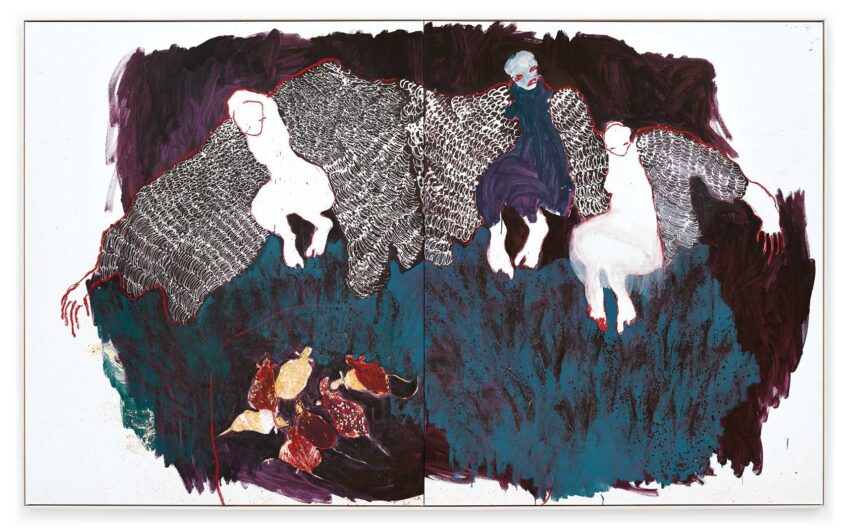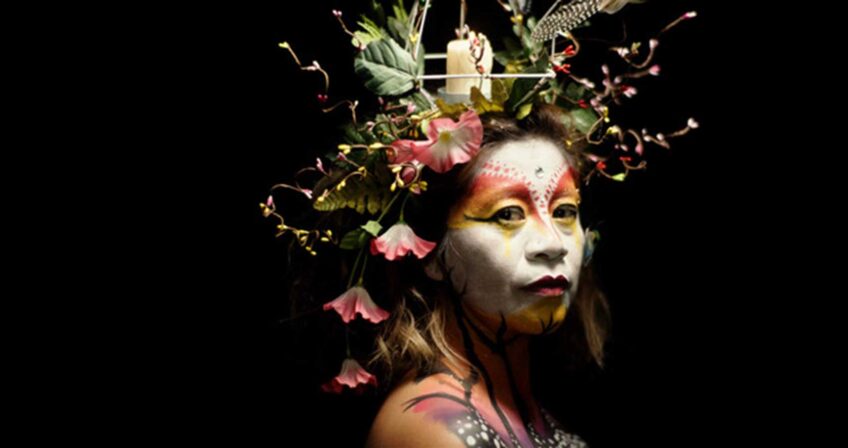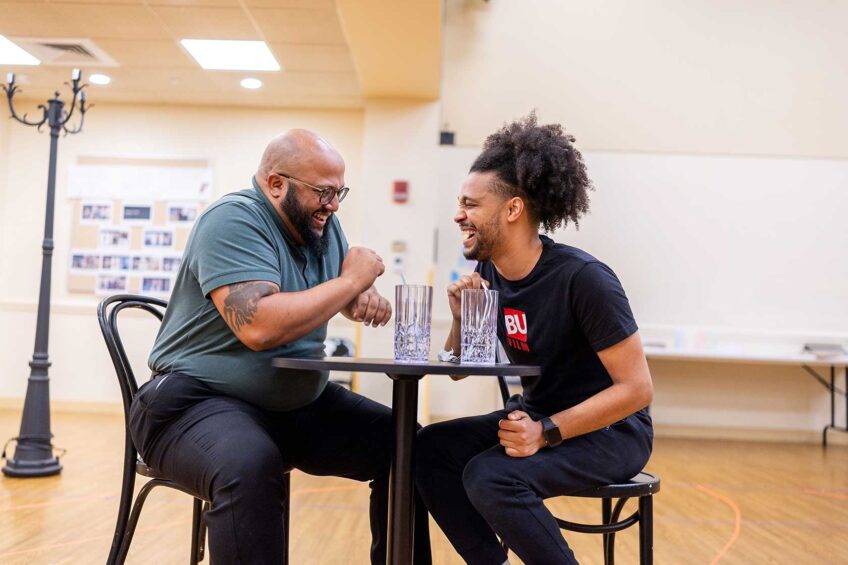
The walls of the Peabody Essex Museum in Salem, Massachusetts, are filled with images of Black life. In “As We Rise: Photography from the Black Atlantic,” moments of everyday life are exalted, illustrating both the aesthetic beauty and political power of uninterrupted Black existence.
Organized by Aperture and curated by Elliott Ramsey, “As We Rise” pulls images from Dr. Kenneth Montague’s Wedge Collection, a Toronto-based Black-owned collection of work (primarily photography) by artists of the African diaspora.
The show at PEM features more than 100 images by artists from Africa, Canada, the Caribbean and other locations lining the Atlantic ocean.
“From the 1930s Harlem Renaissance through post-colonial Bamako to contemporary Toronto, ‘As We Rise’ celebrates the polyphony of Black life — and the nuanced approaches of Black photographers in representing these scenes of love, leisure and resistance,” says organizing curator Elliott Ramsey.
Much of the exhibition’s power comes from its normalcy. In these photographs, teenagers ride the subway, a subject’s head is shaved, a father and son embrace at home. In a country where racism and police brutality continue to run rampant, Black life in itself is a revolutionary act. Some images highlight a population, like photographer Vanley Burke’s work depicting the legacy of colonialism in London’s Jamaican community. Others are deeply personal, like Lebohang Kganye’s superimposing of images of herself over a family album to explore her relationship with her mother.

James Barnor, “Drum Cover Girl Erlin Ibreck, Kilburn, London,” 1966. © James Barnor / Courtesy Galerie Clémentine de la Féronnière
“As a collector, I was never interested in images of oppression,” Montague says in an interview with PEM. “I felt, in a very inherent, very personal way, that my mission was to pull out more images about uplift and about achievement, more images about the beauty of ordinary Black life, which were lacking in the media when I was growing up.”
The collection itself is also an act of empowerment. Montague started The Wedge Collection in 1997 and later founded Wedge Curatorial Projects, a nonprofit organization that supports emerging Black artists. The collection centers artists that are peripheral to the Atlantic. Places like the UK, Africa, Jamaica, Canada and the United States all were involved in the slave trade and continue to grapple with that legacy.
Like the Gio Swaby exhibition down the hall at PEM, “As We Rise” features a musical soundtrack. The playlist is full of tracks Montague has associated with his artworks over the years, from Jamaican dancehall singer Sean Paul to English trip-hop group Massive Attack. The music adds to the feeling of the everyday. These tracks might be playing in any of the homes or wafting from any of the cars in the photographs.
“This powerful collection brings together iconic photographs, rare images and new works from across continents and over decades,” says Stephanie Hueon Tung, PEM’s Byrne family curator of photography. “It centers the familial and the familiar, celebrating distinctive expressions of individuality as well as the spirit of community.”








